April 2020
April 25, 2020
Undies Are Gossips!
LUX Soap's 1942 ad campaign warned of the danger of talking underwear.
Some analysis by Melissa McEuen in Making War, Making Women: Femininity and Duty on the American Home Front:
The "Undies Are Gossips" campaign radiated a core message familiar to Americans early in the war: the power of talk. U.S. government propaganda connected conversations with death and destruction for U.S. troops: "Somebody blabbed — button your lip!" and "A Careless Word… A Needless Sinking" warned viewers to check their conversations. One resonant quip suggested "Loose Lips Might Sink Ships."

Spokesman Review - Mar 1, 1942

Philadelphia Inquirer - July 19, 1942
Posted By: Alex - Sat Apr 25, 2020 -
Comments (3)
Category: Advertising, Underwear, 1940s
Mystery Gadget 83
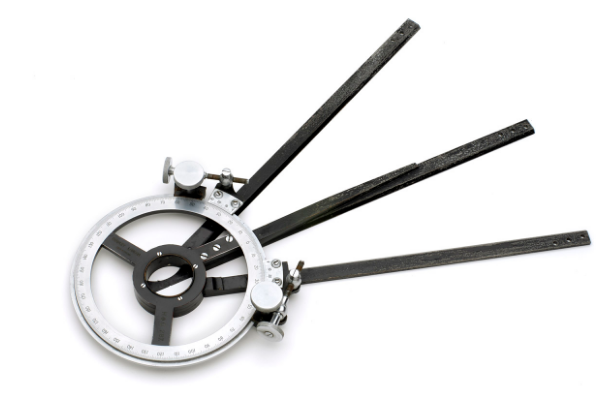
What's it for? The answer is here.
Or after the jump.
More in extended >>
Posted By: Paul - Sat Apr 25, 2020 -
Comments (4)
Category: Technology
April 24, 2020
Canned Sunshine
The idea of using sunlight to kill viruses inside the body has recently been in the news. That made this old invention I posted about last month seem topical.Edward W. Boersteler, of Watertown, MA, was the inventor of the ‘Curay Light Applicator,’ aka ‘Canned Sunshine.’ Back in the 1920s and 30s, he marketed it as a cure for the common cold. It emitted ultraviolet light, which people were supposed to shine down their throats, killing the germs.
In the selection of text below (taken from an article in the Chilicothe Constitution Tribune - Oct 16, 1925), I didn't correct any of the misspellings. In particular, I wasn't sure whether the phrase "ultra violent light" was a mistake, or intentional.
“Fused quartz transmits ultra violent or invisible light without loss, whereas ordinary window glass shuts out ultra violent light which is the curative agent in sunshine.
“In the Curay Light aplicator,” Boerrsteler continued, “we have produced a source of radient energy closely approximating concentrated sunlight in the upper altitude, with an equivalent ultra violent content. Though it is a potent germ killer, it is harmless to the cels of the body.

image source: Harvard University Collection of Historical Scientific Instruments

Chilicothe Constitution Tribune - Oct 16, 1925
Posted By: Alex - Fri Apr 24, 2020 -
Comments (4)
Category: Health, Inventions, Cures for the common cold, 1920s
Email Limited
It's not clear who first used the word 'email' to refer to electronic mail. The entrepreneur Shiva Ayyadurai has taken credit since, in 1978, when he was a 14-year-old high school student in New Jersey, he built an electronic mail software program that he called 'EMAIL'.Actually, Ayyadurai goes further and claims he not only coined the term but also invented the very concept of email. But there's a lot of skepticism about his claims.
However, what is clear is that the term 'email' was in use for decades before 1978, although not to refer to electronic mail. It was the name of a large Australian company that specialized in making meters for gas, water, and electricity. The name was an acronym that stood for 'Electricity Meter & Allied Industries Ltd.'
The tagline of the company was "Email — a totally Australian enterprise." Wikipedia notes: "At one time there would have been few houses in Australia which did not have an Email meter."
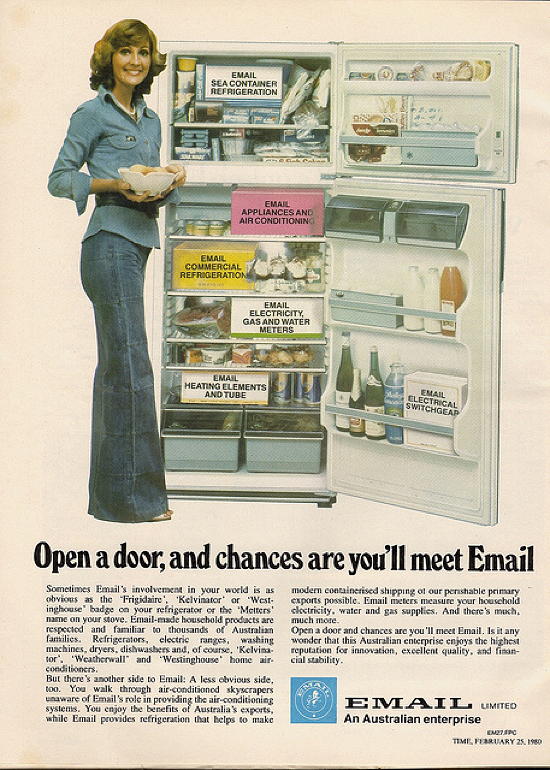
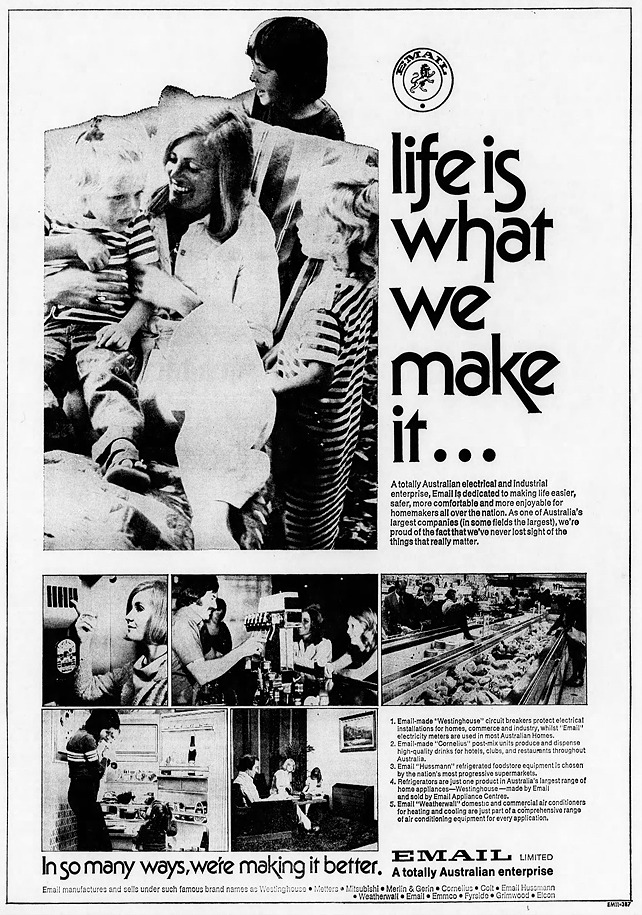
Sydney Morning Herald - July 11, 1977
Posted By: Alex - Fri Apr 24, 2020 -
Comments (6)
Category: Odd Names
Shreddies vs. Shredded Wheat
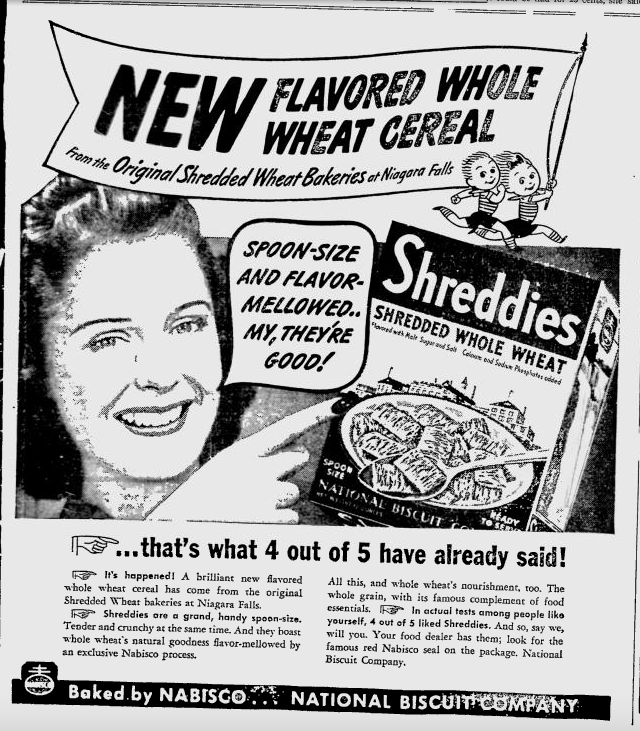
Source of ad.
The Wikipedia entries for Shredded Wheat and Shreddies fail to explain the overlapping existence of two identical cereals from the originator, Nabisco. Much investigation needs to be done. Was one more for the Canadian market?
Posted By: Paul - Fri Apr 24, 2020 -
Comments (2)
Category: Advertising, Cereal, 1940s, North America
April 23, 2020
Miss Sewer Cleaner
I posted about Gaylia Davis, aka 'Miss Sewer Cleaner,' back in 2016. At the time I wondered what became of her. And did being Miss Sewer Cleaner boost her career? Recently I was contacted by her granddaughter, Rose, who supplied an answer, which is appended below, beneath the original post. Not surprisingly, it doesn't seem as if being Miss Sewer Cleaner had much, if any, impact on her career. But she certainly went on to have an interesting life regardless.October 1951: Gaylia Davis, 17, was awarded the title "Miss Sewer Cleaner of 1952." She reflected philosophically that, "It may be a soggy title but if it helps my career I don't care."
I can't figure out what became of her after 1951. So it's hard to know if it helped her career or not.

Southern Illinoisan - Oct 15, 1951

Detroit Free Press - Oct 11, 1951

Detroit Free Press - Dec 23, 1951

Detroit Free Press - Dec 23, 1951
Update: Below is the text of the email from Gaylia's granddaughter. And below that are some pictures she also sent along.
She (all American girl) and my (Cuban) grandfather (a la I love Lucy) ended up getting married here in Miami Beach and having 6 kids together. The only daughter (the rest are boys) they had, Debbie, is my mother. She was born and raised in Miami Beach. We are still in Miami to this day.
Gaylia ended up becoming a local fixture on the streets of Miami Beach as she decided to live as a homeless evangelist. She was called “Mother Mary” or “the Bible Lady” by locals.
I remember wanting to visit her as teen and having to ask strangers if they knew where the “bible lady” was. They’d point to some park bench or mumble a street name and I’d find her with a tattled Bible in hand and preaching to any passerby.
Gaylia only recently passed at the end of 2018. Up to her dying day, she was still quick witted, humorous, tough, and of sound mind. She could still talk politics, history, and culture.
She has always been an enigma to me and even more so now as I get older myself.
Anyway, thanks for listening and asking!

"This is her and my grandfather."

"My grandfather is the second guy on the left and she’s the last woman to the right."

"the ticket of a show that they both performed in together"
Posted By: Alex - Thu Apr 23, 2020 -
Comments (14)
Category: Awards, Prizes, Competitions and Contests, 1950s
California Vinegar Bitters
As Dave Barry might say, "'California Vinegar Bitters' would make an excellent name for a band."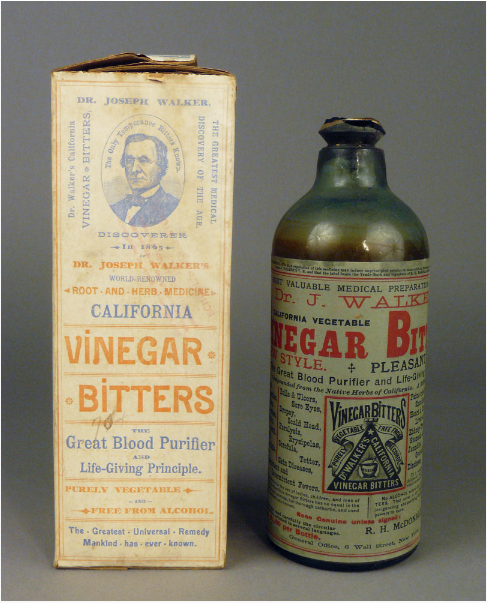
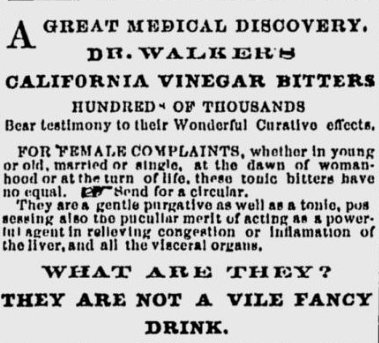
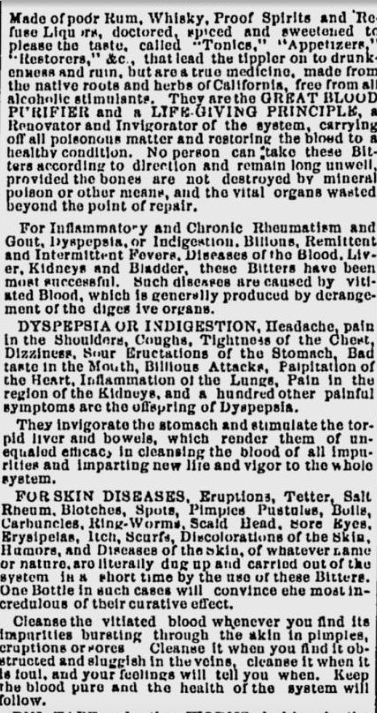
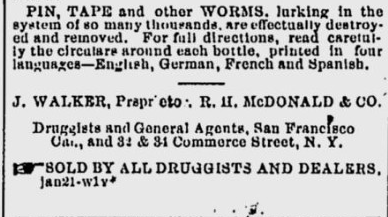
Posted By: Paul - Thu Apr 23, 2020 -
Comments (3)
Category: Patent Medicines, Nostrums and Snake Oil, Nineteenth Century
April 22, 2020
Kream Krunch
The Kream Krunch man definitely deserves a place in our ongoing series of strange corporate mascots.Kellogg's introduced Kream Krunch cereal in 1965. The gimmick was that the cereal included chunks of freeze-dried ice cream. The chunks were supposed to stay crunchy in milk, but reportedly they quickly dissolved into a gooey mess, which made the cereal a commercial failure that was soon discontinued.
However, the cereal is most widely remembered today for the creepy, anthropomorphized ice cream cone that served as its official mascot. Wikipedia notes: "The character was never officially named, referred to by historians simply as the Kream Krunch Cone, although it has been called Mr. Scoop Head in popular culture."
More info: MrBreakfast.com, History's Dumpster

Posted By: Alex - Wed Apr 22, 2020 -
Comments (1)
Category: Corporate Mascots, Icons and Spokesbeings, Cereal, 1960s
Left-Foot Accelerator
Deadly crashes guaranteed, or your money back!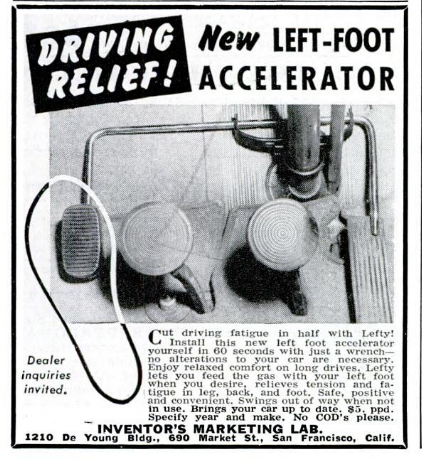
Source.
Posted By: Paul - Wed Apr 22, 2020 -
Comments (1)
Category: Death, Inventions, 1950s, Cars
April 21, 2020
The Tummy Tutor
It also went by the name "Belly Beeper". The idea was that if you slouched or let your stomach out, it would start beeping. Supposedly this would train you to always keep your stomach muscles tensed and not slouch.Either that or it would train you to avoid wearing it.
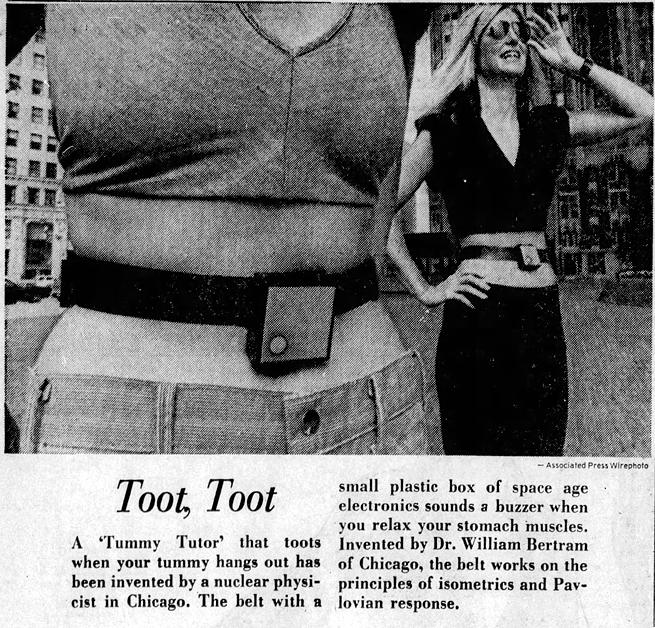
The Miami Herald - Oct 7, 1973
Posted By: Alex - Tue Apr 21, 2020 -
Comments (2)
Category: Inventions, 1970s, Dieting and Weight Loss, Stomach
| Get WU Posts by Email | |
|---|---|

| Who We Are |
|---|
| Alex Boese Alex is the creator and curator of the Museum of Hoaxes. He's also the author of various weird, non-fiction books such as Elephants on Acid. Paul Di Filippo Paul has been paid to put weird ideas into fictional form for over thirty years, in his career as a noted science fiction writer. He has recently begun blogging on many curious topics with three fellow writers at The Inferior 4+1. Chuck Shepherd Chuck is the purveyor of News of the Weird, the syndicated column which for decades has set the gold-standard for reporting on oddities and the bizarre. Our banner was drawn by the legendary underground cartoonist Rick Altergott. Contact Us |

